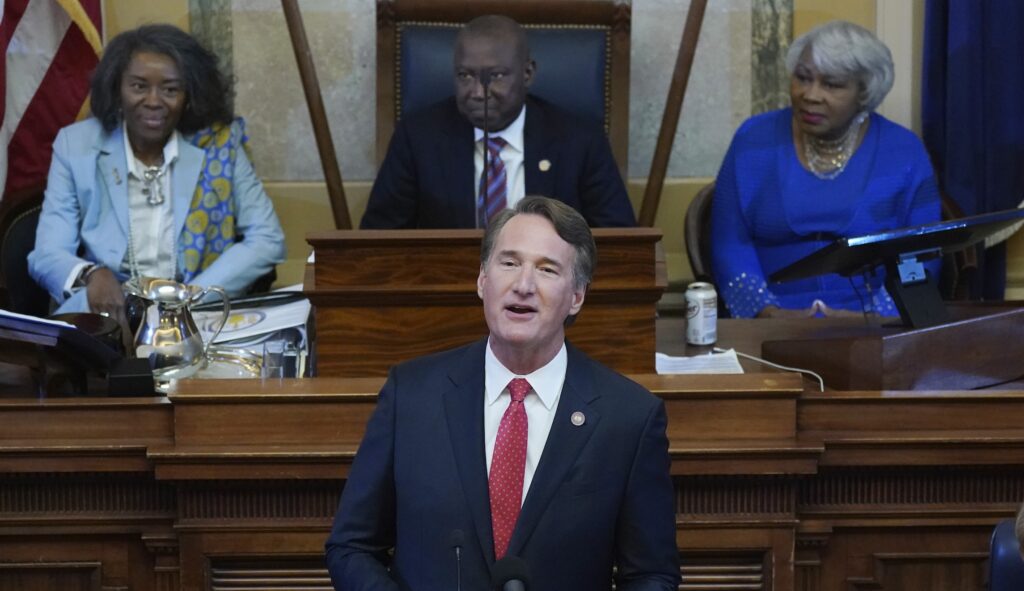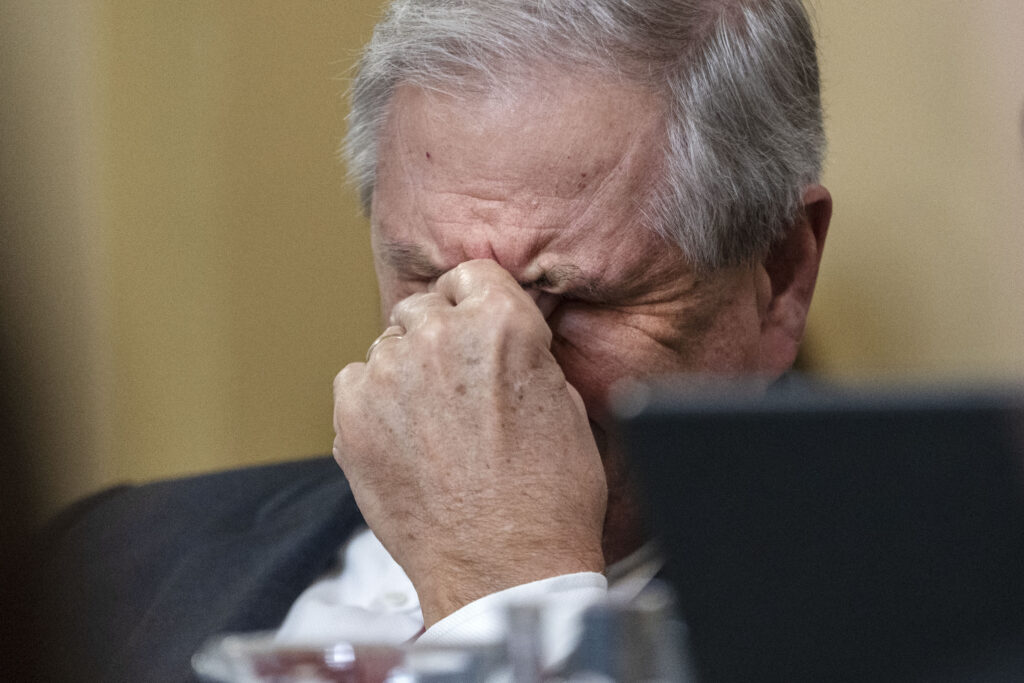‘Largest Disparity In Eight Decades’: Millennials Face Unprecedented Hurdles Buying First Home, Starting Family
Humankind is heading towards extinction. This fact has attracted the attention of eccentric billionaire Elon Musk who is sounding the alarm.
“Population collapse due to low birth rates is a much bigger risk to civilization than global warming,” Musk tweeted earlier this year.
But it’s not just Elon Musk who foresees our collective demise. Numerous sociologists and researchers are predicting that, absent substantial changes in family formation and the fertility rate, our global population will begin to decline this century.
And then it will never stop.
Darrell Bricker, a leading international social researcher, and John Ibbitson, an award-winning journalist, published the book Empty Planet: The Shock of Global Population Decline in 2019.
“The great defining event of the twenty-first century … will occur in three decades, give or take, when the global population starts to decline. Once that decline begins, it will never end,” they write. “We do not face the challenge of a population bomb but of a population bust – a relentless, generation-after-generation culling of the human herd.”
Clearly, something has gone wrong. The fertility rate in the United States, and in nearly all of the Western world, is below the replacement rate. Many in the younger generations – Millennials and Gen Z – have lost the will to continue or see no future for the next generation. They are no longer producing enough children to replace themselves.
Unless something changes, the decline of our species is just a few short decades away.
Certainly, there’s no singular cause behind this fact. The decline of religion, the delaying and redefinition of marriage, and the rise of couples who have no desire to create children are obvious factors.
But one of the more overlooked contributing causes may be the rising cost of purchasing a home. If young people of reproductive age can’t afford a home to house a growing family, they will stop growing that family.
The Rising Cost of Housing
According to data provided by the U.S. Federal Reserve, following the burst of the housing bubble in the mid-2000s, home prices began to increase substantially in 2012 when compared to the median household income. This increase has continued ever since.
During the housing bubble, the highest the home price to median income ratio reached was 7.03 on November 30, 2005. This means the average price of a home was 7.03 times more than the median income.
But as of May 31, 2022, the average price of a house in the U.S. cost 7.79 times the yearly household income. This was the largest number ever recorded in the last eight decades, since such data was first collected beginning in 1946 – including the peak of the housing bubble.
Data website Longtermtrends.net shares a chart highlighting the home price to median household income ratio from 1946 – 2022.
Between 1960 and 2000, the home price to median income ratio varied between roughly four and five. The two spikes in the ratio to seven or eight (during the housing bubble, and now, respectively) are anomalies in U.S. history.
This data demonstrates the price of housing in the 21st century is substantially greater than it ever was in the 20th century. This is not a sustainable trendline for families.
While the rising price of housing benefits Baby Boomers and Generation Xers, who are more likely to own homes, it harms Millennials and young families who have no equity and are trying to buy their first homes.
In addition, a number of studies have confirmed the trend of rising real estate prices over the past several decades.
The online brokerage Clever Real Estate recently reported that while the dramatic rise in home prices worsened following the COVID pandemic, 2020 was not the start of the incongruence. Rather, the disparity between home prices and median household income has been growing for 50 years.
“After accounting for inflation, home prices have jumped 118% since 1965, while income has only increased by 15%,” Clever Real Estate found. “To afford a home in 2021, Americans need an average income of $144,192 — far more than the median household income of $69,178.”
According to another estimate, housing is currently far more expensive for Millennials than it was for Baby Boomers several decades ago.
“If home prices grew at the same rate as inflation since 1970, the median home price today would be just $177,788 – rather than $408,100,” Anytime Estimate, a data research entity, reports. “Compared to the average baby boomer entering their 30s in 1985, the average millennial entering their 30s in 2019 faced a 31% higher home-price-to-income ratio.”
Clearly, Millennials today face a much more difficult time entering the housing market than their parents did in the 20th century.
Wither the Starter Home?
Another phenomenon presenting a negative impact on younger people is the disappearance of the “starter home.”
According to a recent article in The New York Times, “The nation has a deepening shortage of housing. But, more specifically, there isn’t enough
" Conservative News Daily does not always share or support the views and opinions expressed here; they are just those of the writer."





